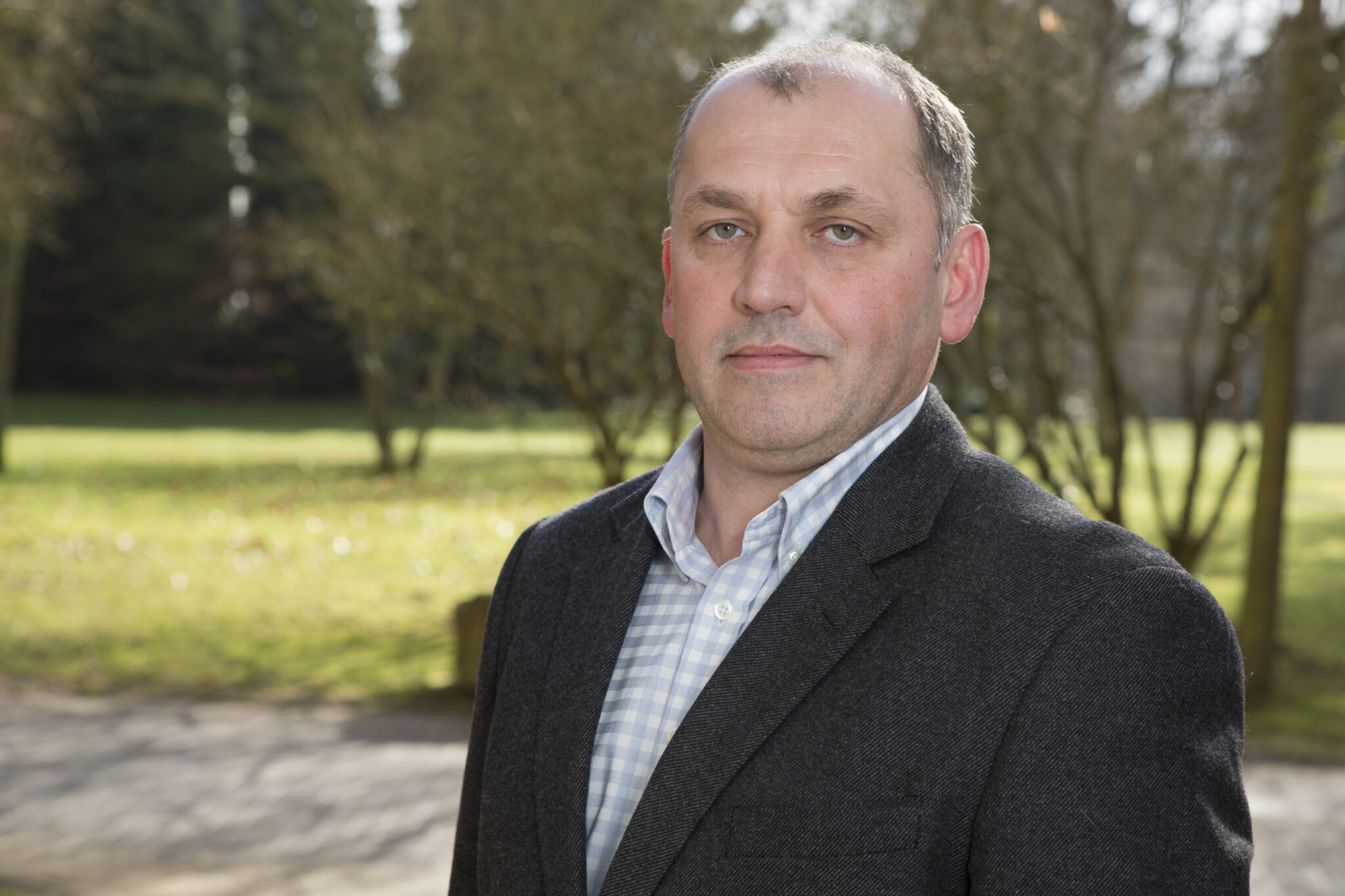The project at a glance
About
Besides composite formability, there is a need for technologies and approaches that facilitate composite repair. Thus,the focus is on two scientific aspects:
Designing Vitrimer Composite Structures for Repair: This involves creating modular constructions that can be easily repaired by replacing failed modules. Factors like geometry and unique properties of vitrimer composites will be considered to develop easy-to-repair structures. The study will also explore repair methods suitable for vitrimer composites, aiming to maximize their lifespan while considering environmental factors.
Designing and Analyzing Reusable Vitrimer Composite structures: This involves studying composite structures with minor, controlled defects due to reuse. Accepting minor imperfections can reduce repair and operating costs, but the number and distribution of defects must be controlled. Methods will be developed to evaluate such structures under operational conditions, aiming to maximize structural efficiency and minimize failure risks. The performance of repaired/reused structures depends on processing, material, and geometry, making forecasting complex. Efforts will focus on developing methods to design and assess the durability of composites with minor damage.
Structural Analyses: Analytical or numerical methods will be used, including design exploration methods (finite element coupled with statistical/probabilistic methods) to analyze joint strength variations and identify critical process parameters. Computational modeling methods (e.g., damage tolerance, fatigue, fracture mechanics) will provide accurate numerical solutions for reliable and optimized repairs. Laboratory tests will verify these methods to obtain reliable tools for evaluating the durability and reliability of the analyzed structures. Theoretical analyses and laboratory tests will be based on a real industrial case to demonstrate the application of the research.
Organisation and Partners
LIST – Luxembourg Institute of Science & Technology
Project team


